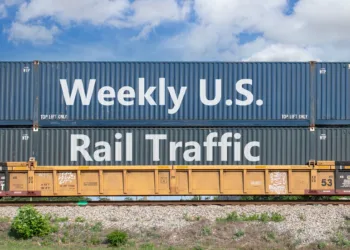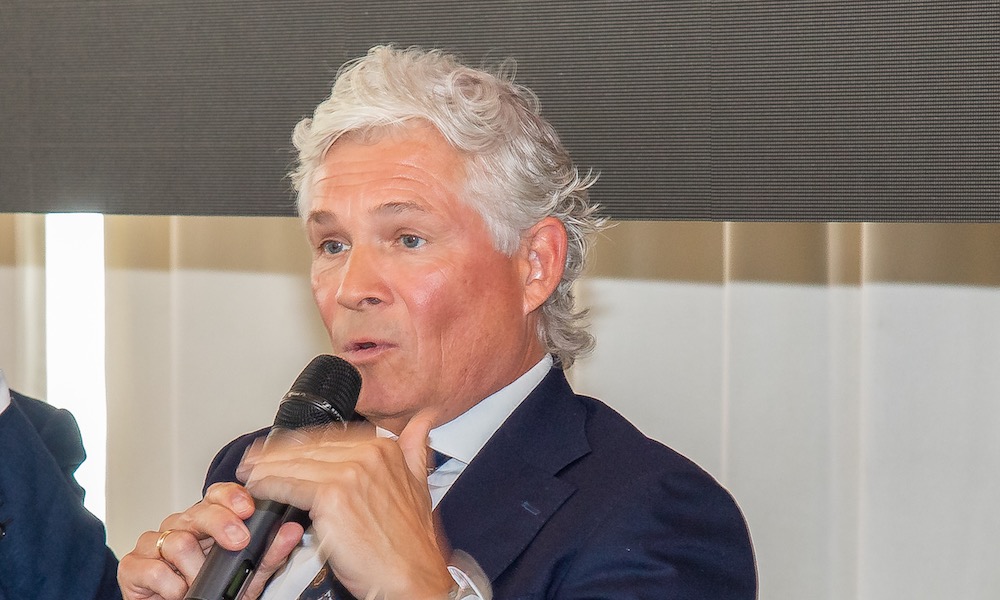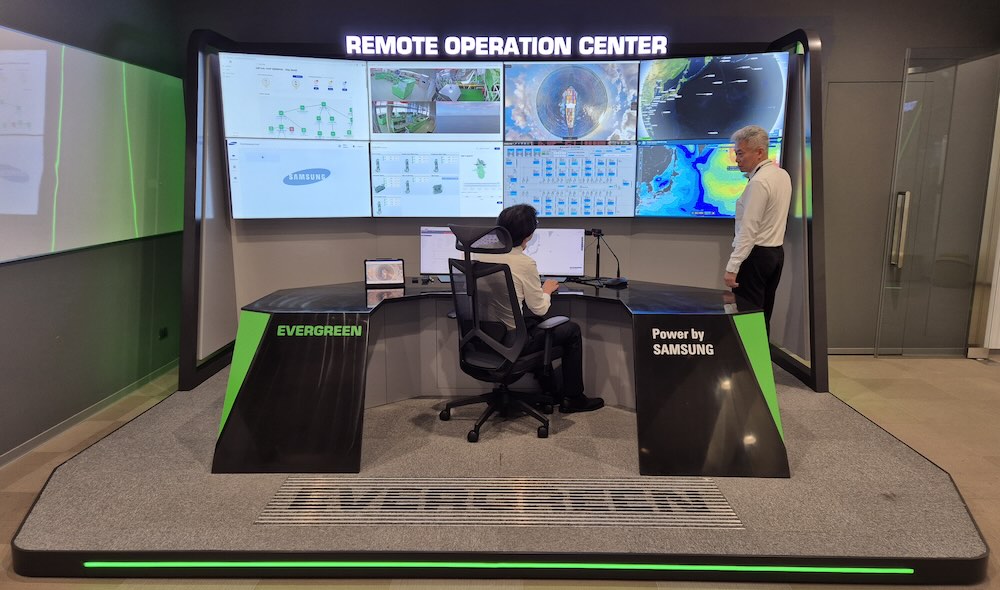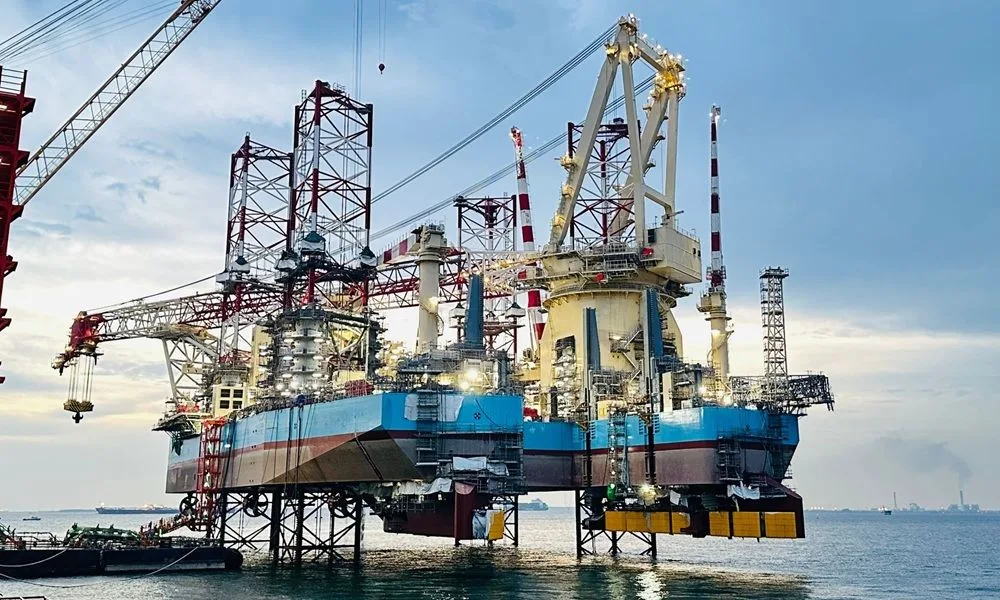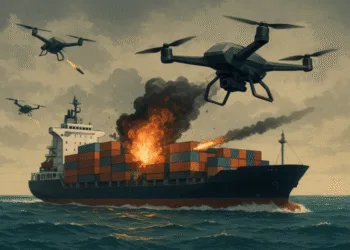Borderlands Mexico is a weekly rundown of developments in the world of United States-Mexico cross-border trucking and trade. This week: Latin America poised for global trade growth, experts say; DSV begins construction of logistics hub in Texas; and COIM USA acquires acreage at TexAmericas Center.
Latin America poised for global trade growth, experts say
The resilience of Mexico’s economy, along with the growth of other Latin American countries, will continue to attract foreign investments in the second half of 2025 and beyond, trade experts said.
“First and foremost, things that investors are watching right now is the extraordinary resilience of Latin American economies,” Ernesto Revilla, managing director and chief economist for Latin America at Citi, said during a webinar titled “Overlooked trends that could transform Latin America and the Caribbean.”
“In fact, we are about to increase the forecast for Mexico this year because the economy has been a little bit more resilient than expected. Brazil has been extraordinarily resilient with super high nominal and real rates.”
The webinar held on Thursday was hosted by the Atlantic Council, a Washington, D.C.-based think tank focused on transatlantic trade.
In addition to Revilla, the panel included William Maloney, chief economist for Latin America and the Caribbean World Bank Group; Luz Maria de la Mora, director of the international trade division at the United Nations Conference on Trade and Development; and Ana Paula Vescovi, chief economist and partner at Santander Brazil.
The panel was moderated by Jason Marczak, vice president and senior director of the Adrienne Arsht Latin America Center at the Atlantic Council.
Revilla said economists are bullish on Latin America’s biggest economies.
“Nobody’s forecasting a recession just yet, and [Mexico’s] economy is still expected to span 2.2%,” Revilla said. “And Argentina, even if it’s slowing down at the margin, is still very resilient and forecasters have increased the growth forecast. So for the second half of the year, you still have to go with the traditional high frequency activity indicators.”
Countries in Latin America and the Caribbean have an opportunity to grow their economies through the global transition to low carbon energies, de la Mora said.
“There’s a global transition today to a low carbon economy, and this has placed Latin America in the spotlight,” de la Mora said.
“Almost every country in South America, in addition to Mexico, is home to some of the world’s most critical minerals. For example, lithium, copper, manganese, nickel, graphite, and a few rare earths. These are essential components for electric vehicles, electric batteries, renewable energy, and obviously the digital technologies that we all use all the time, our devices, the smartphones, laptops.”
De la Mora said a surge in demand for the critical minerals has resulted in foreign direct investment coming into Latin America and the Caribbean.
“We recently published a report called the state of commodity dependence 2025. We identified that in almost one quarter, 23% of the foreign direct investment that Latin America received in 2024 was directed to investment in critical mineral projects,” de la Mora said.
Maloney said that Latin America and the Caribbean have historically been some of “the slowest growing regions of the world,” but is changing through education and technology.
“This goes back to our reaction to the second industrial revolution, when we were not able to identify, adopt, and implement the latest technologies in our key sectors, and we weren’t able to enter into new sectors,” Maloney said. “As a result, we didn’t have the takeoff that a lot of our contemporaries in the 1900s had, namely Sweden, Denmark, Germany, France, all of which had similar levels of income to, for instance, Uruguay and Chile and Argentina.”
Maloney recently co-authored a report titled “Reclaiming the Lost Century of Growth: Building Learning Economies in Latin America and the Caribbean.” Other co-authors of the report include Xavier Cirera and Maria Marta Ferreyra.
Education and adapting emerging technologies will help Latin America and the Caribbean speed up economic growth, Maloney said.
“We need to attack this fundamental inability to learn how to learn about the new technological opportunities that are offered in the region,” he said.
DSV begins construction of logistics hub in Texas
Logistics giant DSV has begun construction of a 900,000-square-foot distribution center in Laredo, Texas, according to a news release.
“This property serves to solidify DSV’s position at the U.S.-Mexico border and reinforces its commitment to cross-border logistics and warehousing solutions,” the company said in a statement.
The hub will be located on 49 acres in Port Grande, a 1,990-acre master-planned industrial park along Interstate 35. It will include 853,000-square-feet of warehousing space, 40-foot clearances, 85 dock doors, four ramp doors, pallet racking and floor storage.
The facility represents a relocation and expansion of DSV’s existing operations in Laredo’s existing. It will support a variety of industries, including consumer products, technology, and industrial equipment.
Construction is scheduled to finish by mid-2026.
Denmark-based DSV was founded in 1976. The company offers air, ocean and road freight solutions, along with contract logistic services in over 80 countries.
COIM USA acquires acreage at TexAmericas Center
COIM USA, a leading specialty chemical manufacturer, announced the acquisition of a 20-acre site at the TexAmericas Center in New Boston, Texas.
The acquisition includes existing logistics infrastructure, as well as a renewable polyol product line, consisting of materials made principally from rapidly-renewable cashew nutshell liquid, according to a news release.
“This acquisition represents a significant milestone in COIM USA’s long-term growth strategy,” Michelangelo Cavallo, president of COIM USA, said in a statement. “The New Boston location broadens our geographic reach, expands our sustainable portfolio, and enhances COIM USA’s ability to serve customers with greater speed, efficiency, and resiliency.”
The TexAmericas Center is a mixed-use industrial park located in the northeast corner of Texas, about 20 miles west of Texarkana, and 180 miles east of Dallas. The center is located near Texas’ borders with Arkansas, Louisiana and Oklahoma.
The center has about 12,000 acres of development-ready land and 3.5 million square feet of commercial and industrial space for commercial tenants.
“This investment is not only a win for COIM USA, but also another step forward for TexAmericas Center as a hub for green industries,” Eric Voyles, executive vice president and chief economic development officer at TexAmericas Center. “Texarkana has a proud legacy as a manufacturing center, but we’re greener than you might think. Projects like this move us closer to becoming a recognized Eco-Industrial Park.”
COIM USA, based in West Deptford, New Jersey, is a specialty chemical manufacturer. The company is part of the COIM Group, an Italy-based producer of polyesters and polyols.
The post Borderlands Mexico: Latin America poised for global trade growth, experts say appeared first on FreightWaves.




